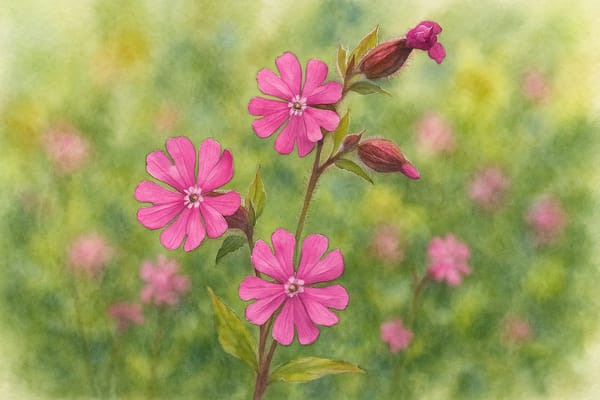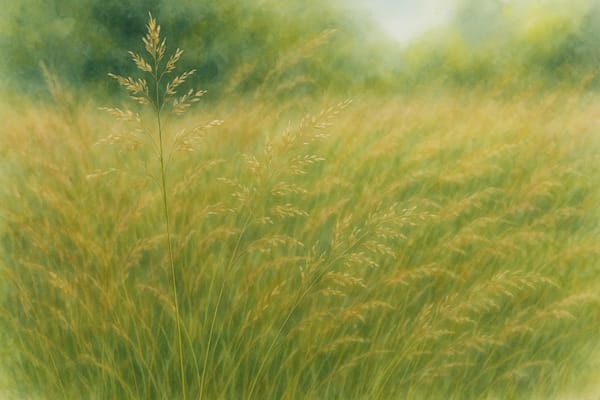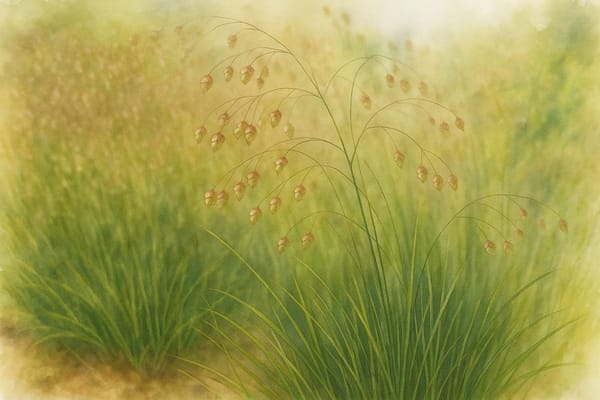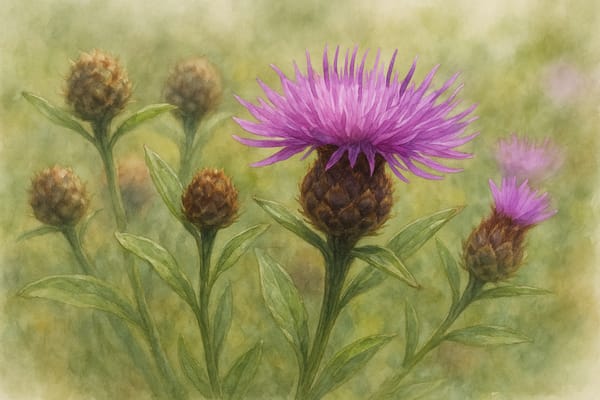Silene dioica in the Wild, in the Garden, and in the Heart of Cornish Folklore
There is a certain kind of flower that quietly shapes the rhythm of the Cornish landscape, not with brash colour or exotic allure, but through constancy, resilience, and a kind of understated magic. Red Campion (Silene dioica), with its wild pink blooms and woodland leanings, is one of those quiet champions. From the mossy hedges of inland lanes to windswept cliff paths and the dappled light of ancient woodlands, it thrives where the wild still breathes.
Yet this flower is more than a seasonal delight. It is a cultural signpost, a wildlife ally, and a plant of quiet mythic power—woven deeply into Cornwall’s ecological fabric and folklore alike.
The appearance of Silene dioica alters not only with the turning of the seasons, but with the places it calls home. From moist woodland borders to salt-laced coastal banks, red campion adapts to its setting, reshaping itself in response to light, shelter, and soil.
Spring: First Light and Early Blossoms
In sheltered parts of Cornwall, green rosettes stir before winter fully loosens its grip. By March, soft downy leaves push up from the base, often clustering in clumps before the stems stretch skyward. Where conditions are especially mild, flowers may appear in April—vivid rose-pink, five-petalled, and gently notched at the tips. The earliest blooms are delicate and few, scattered among emerging grasses and fading bluebells, but promise abundance to come.
By midsummer, red campion reaches its peak. In meadows, hedgerows, or garden borders, it sends up slender stems, sometimes a metre tall, each bearing a constellation of vibrant blooms. In shaded or moist habitats, the foliage becomes luxuriant and the form bushy and full. On open, sun-drenched banks or coastal headlands, the plant remains more compact—its leaves tinged with a faint bronze from wind and salt—but still floriferous, leaning gently with the breeze.
The pink flowers stand out among paler companions—oxeye daisies, yarrow, and grasses like quaking brome—and provide contrast and rhythm in wild-style planting schemes.
Autumn: Fading Grace and Quiet Persistence
As temperatures dip, the campion's floral energy wanes, but its presence remains. Seed capsules begin to swell, taking on a ribbed, ovoid form that dries to brown and eventually splits to release fine seeds. These remnants lend structure to fading borders and feed wildlife. In Cornwall’s damp and temperate corners, a few late blooms may linger into November, catching the slanting autumn light.
Winter: Retreat and Readiness
Above ground, stems blacken and collapse under frost, though they may remain upright skeletons through the winter. Yet below the surface, the plant persists. In milder spots, a rosette of green leaves may remain nestled in the soil, gathering strength for the next cycle.
Variations Across Place: Woodland, Meadow, and Coastal Edge
Red campion is nothing if not adaptable. Its form changes subtly depending on where it grows:
- Woodland Edges and Hedgerows: Tall and often leggy, with lush growth encouraged by shelter and moisture. The plant becomes part of a tapestry alongside violets, foxgloves, and ferns.
- Coastal Cliffs and Banks: More compact, often sprawling low in response to sea winds. Blooms may appear paler in exposed light, the foliage more wiry.
- Wildflower Meadows: Prolific and upright, mingling with other summer stalwarts like knapweed, field scabious, and native grasses. Here, red campion can create wide sweeps of colour, particularly in early summer.
In Cornish gardens, it thrives in the margins—among stone walls, gravel paths, or semi-shaded beds—where it bridges the cultivated and the wild.
A Living Thread in Cornish Folklore
Red campion is more than a plant. In Cornwall, it is a story.
Known in local lore as a guardian flower, red campion is said to protect the honey stores of bees and the hidden homes of fairies. To pluck it from a hedgerow was once thought to invite misfortune—or worse. In some villages, it was whispered that bringing the flowers indoors could herald the death of a parent, a superstition echoed in old beliefs about bluebells and foxgloves. Such taboos served not only as cautionary tales for children but as embedded cultural memory, reinforcing the idea that certain plants mark sacred ground.
Other names for Silene dioica—adder’s flower, snake flower, fairy flower, and Robin Hood—suggest both danger and playfulness. The plant’s strong presence along field edges and woodland borders, often blooming where cultivated land meets wild terrain, places it squarely in the liminal zone between worlds—neither fully tamed nor entirely wild.
In Cornish belief, such places were potent, full of unseen energies. Red campion, with its sticky stems and bright blooms, was said to hold that boundary, to warn, protect, or simply remind us that magic still lingers in the hedgerow.
A Wildflower of Restoration and Resilience
Beyond its folklore, Silene dioica plays a vital role in real-world ecosystems—and increasingly, in conservation and habitat restoration.
Its long flowering window makes it an important nectar source for bees, moths, hoverflies, and butterflies. The flowers attract both daytime and nocturnal pollinators, and are especially valuable as a mid-season food supply once spring ephemerals fade. It is also the host plant for several moth species, including the aptly named campion moth.
In Cornish hedgerows, it mingles with oxeye daisies, bluebells, foxgloves, and primroses to create a living corridor for wildlife. Its presence signals habitat quality, often marking sites of ancient woodland or old hedge networks.
Gardeners and conservationists now increasingly include red campion in seed mixes for wildflower meadows, woodland margins, and pollinator strips. It thrives in both sun and dappled shade, in rich or lean soil, and is especially effective at naturalising in damp, semi-wild ground. Once established, it self-seeds readily, filling gaps and softening borders over time.
When allowed to set seed, it returns stronger each year—an echo of its deep-rooted place in both ecology and culture.
Red Campion in the Garden
In a cultivated garden, red campion can be surprisingly elegant. It blends beautifully with meadow-style drifts and naturalistic planting, particularly when grown with companions like:
- Oxeye daisy (Leucanthemum vulgare)
- Field scabious (Knautia arvensis)
- Knapweed (Centaurea nigra)
- Yarrow (Achillea millefolium)
- Campanula
- Native grasses such as Briza media
It also pairs well with spring bulbs and later summer perennials, forming part of a long seasonal arc that begins in early spring and fades only with the first deep frost.
For gardeners seeking a looser, more wild feel, or those looking to support local wildlife without sacrificing beauty, red campion offers the perfect solution—a native wildflower with grace, heart, and history.
A Flower of Place, Memory, and Myth
To walk a Cornish lane in May is to see red campion standing tall among the green, catching the sun and the soft salt air. It is a plant of transition—not only across seasons but across boundaries, real and imagined. It links the wild to the cultivated, the past to the present, the visible world to one we half remember from stories.
In this way, Silene dioica is more than a wildflower. It is a keeper of memory, a bearer of tales, and a quiet ambassador for a way of living that honours the land, its creatures, and its deep, unseen rhythms.











